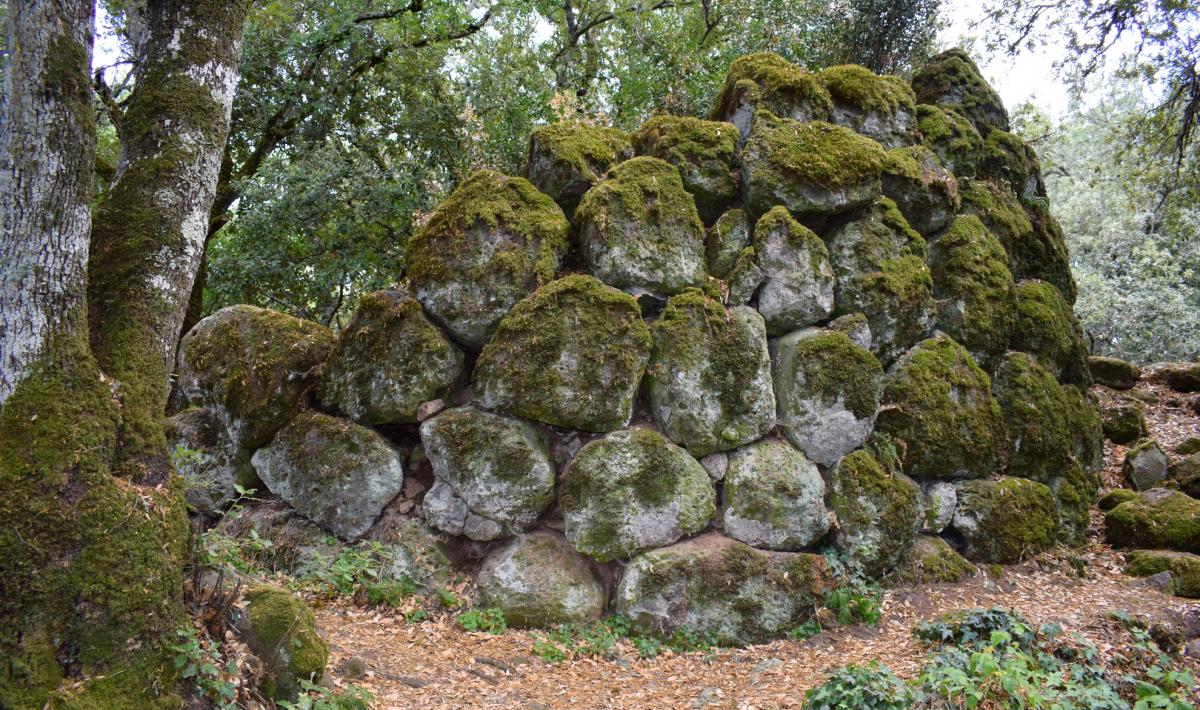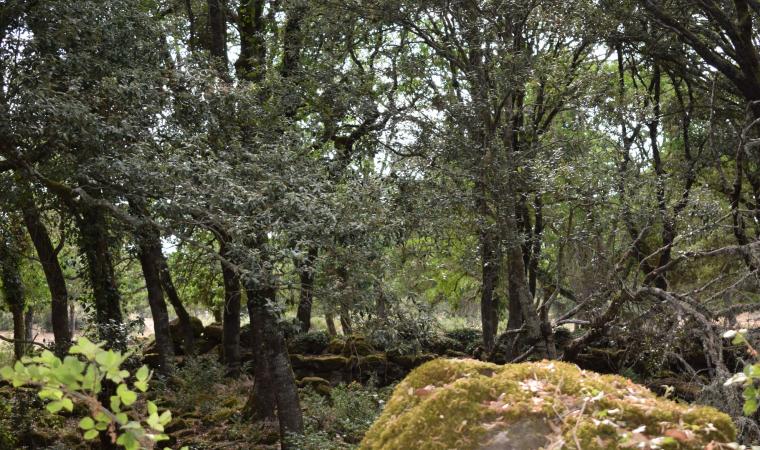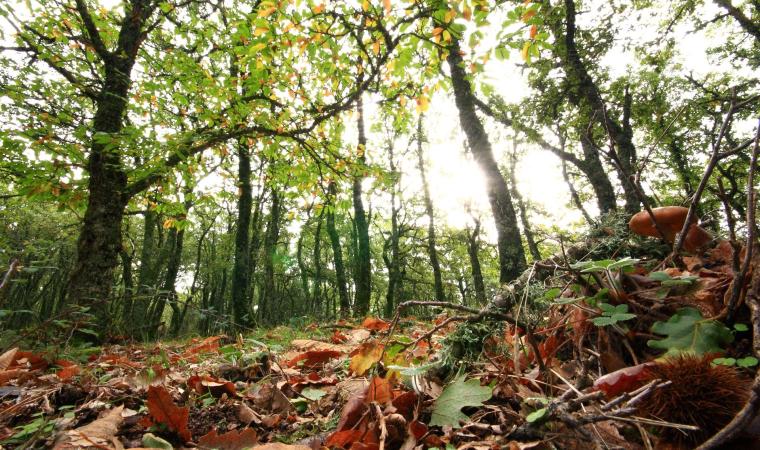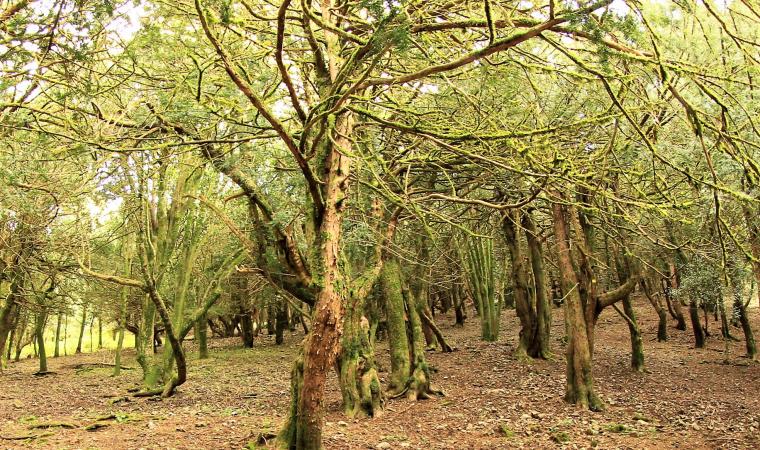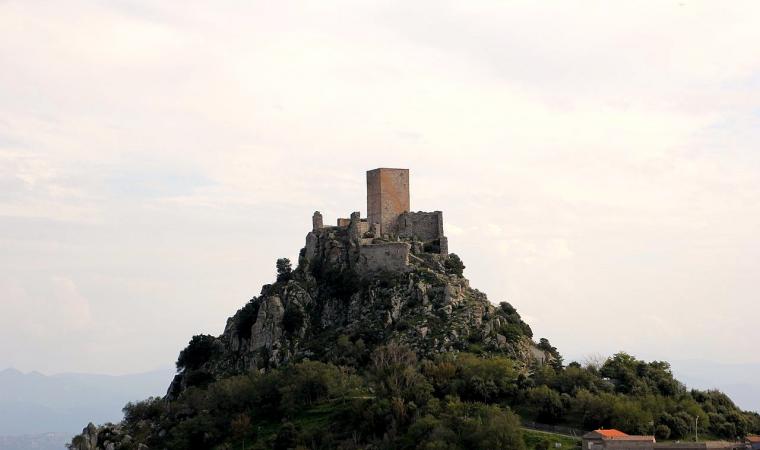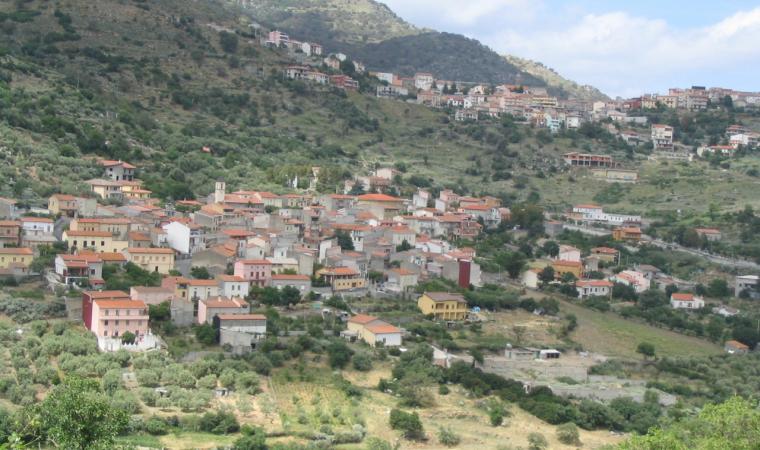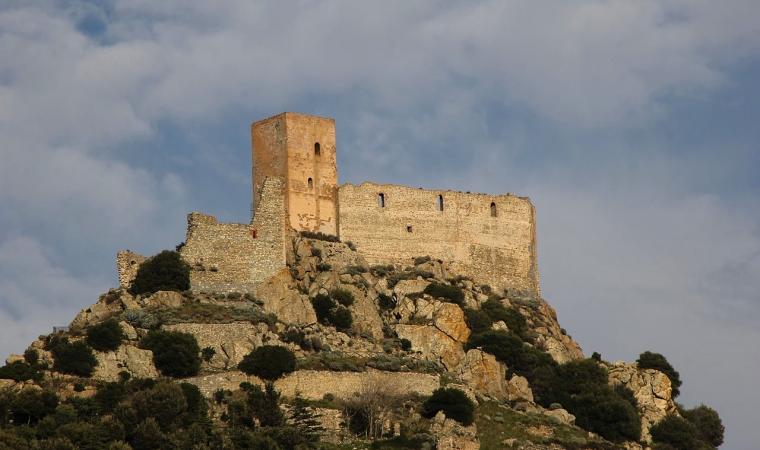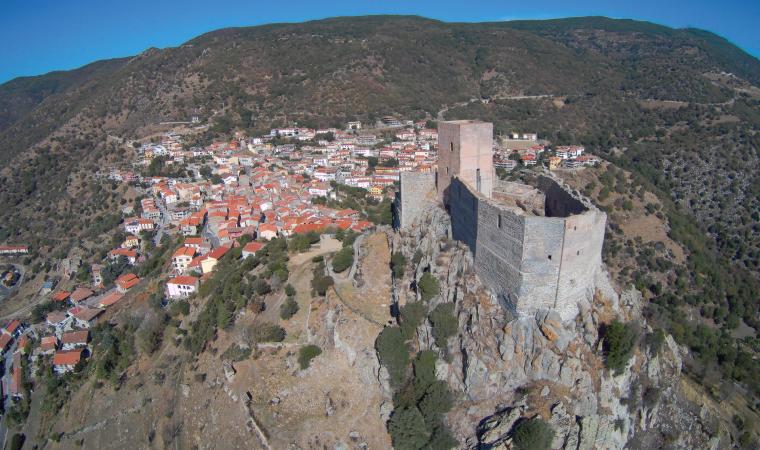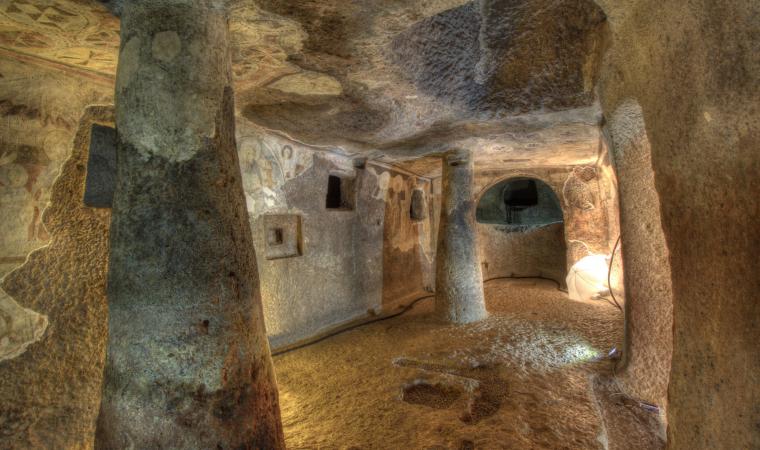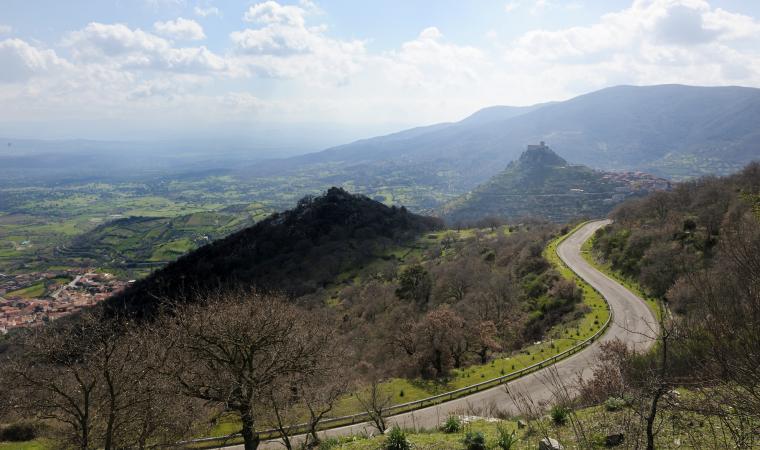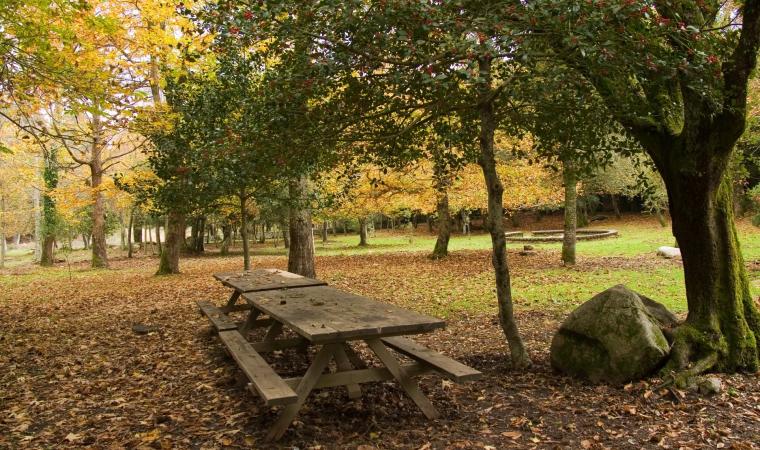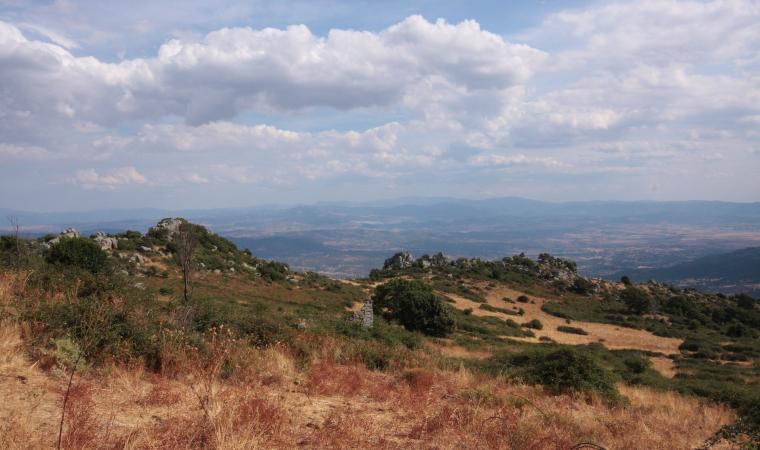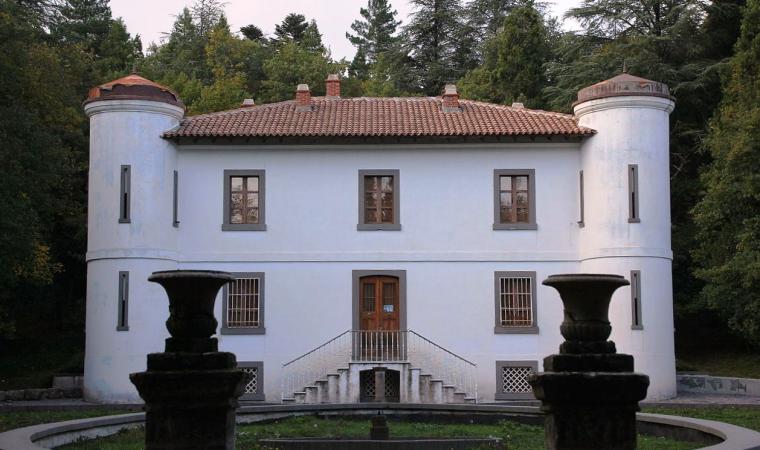Covered in a thick layer of bright green moss and buried under the dust of ages, it is known as sa Reggia and sits in the middle of the enchanted landscape of the woods and meadows of the Burgos Forest, one of the Island’s most beautiful natural oases. The Costa nuraghe is an imposing pre-historic fort, one of the largest, most spectacular and best preserved in all of Sardinia. For millennia it was the command post of the fairytale landscapes of Goceano. To get to the top of the 800 meters high hill you will follow a one-kilometre-long trail from su Pranigheddu de s’Unighedda, passing by the Costa stables. The trail goes through the dense and verdant forest of ages-old oak and holm oak trees (the habitat of a variety of equestrian breeds) of Burgos, a medieval village some 10 km away.
The architecture dates to the 14th century BCE and the site occupies some 450 square metres, including a five-lobed nuraghe made up of a central tower (a keep) and a bastion with four minor towers, a village and a mighty rampart. The main entrance leads into a corridor which leads to the staircase to the upper floors. The keep, made of blocks of basalt, has a diameter of 14 meters and overlooks a courtyard, from which the entrance corridors to the secondary towers led, one of which allows you to see part of the walls. The bastion was surrounded by a village, of which only some 40 huts have been identified up to now, but occupied, studies show, by a hundred or so families (400-500 people). You can clearly see the foundations, with 10 meters perimeters, of some of them. The distinguishing element of this monument, that which makes it unique, is the rampart overlooking a cliff: it is an almost intact defensive structure, built with huge fitted boulders, today 70 metres long and three metres high, which perfectly preserves the metre-wide sentry path, not unlike that of medieval castles. It was an imposing military construction even for those times, and it was impregnable: the Roman legions failed to take it, they never conquered this 'castle' nor the Goceano mountains.
The fortified village, the largest of su Nuraxi in Barumini, could well have been the ‘capital’ of a vast territory dotted with nuraghes within sight of one another. It was the land of the Ilienses, a population of warriors, farmers and shepherds described by Titus Livius and other historians of ancient times. The archaeological excavations brought to light more than just Nuragic relics, including a clasp and a bronze needle. The area also features two Giants’ tombs and a cromlech, or stone circle. The presence of this circular megalithic structure – often found in Great Britain and in the Laconi area, rich with menhirs – places the frequentation date of this area to the pre-Nuragic period, between the Old Bronze Age and the earliest Nuragic Age (17th to the 16th centuries BCE). Other pre-Nuragic structures in the area include the domus de Janas at s’Unighedda and the sa Pala Larga necropolis. And speaking of castles, the monument symbolic of Burgos is the Goceano castle, a fortress around which a village of sorts rose. It was built in 1134 to guard the confines of the Torres judicial district. You will see the remains of the outer walls, the massive square tower and a cistern. Its history, and that of other forts, is told in the Museum of Sardinian Castles, in a 19th century home in town.

